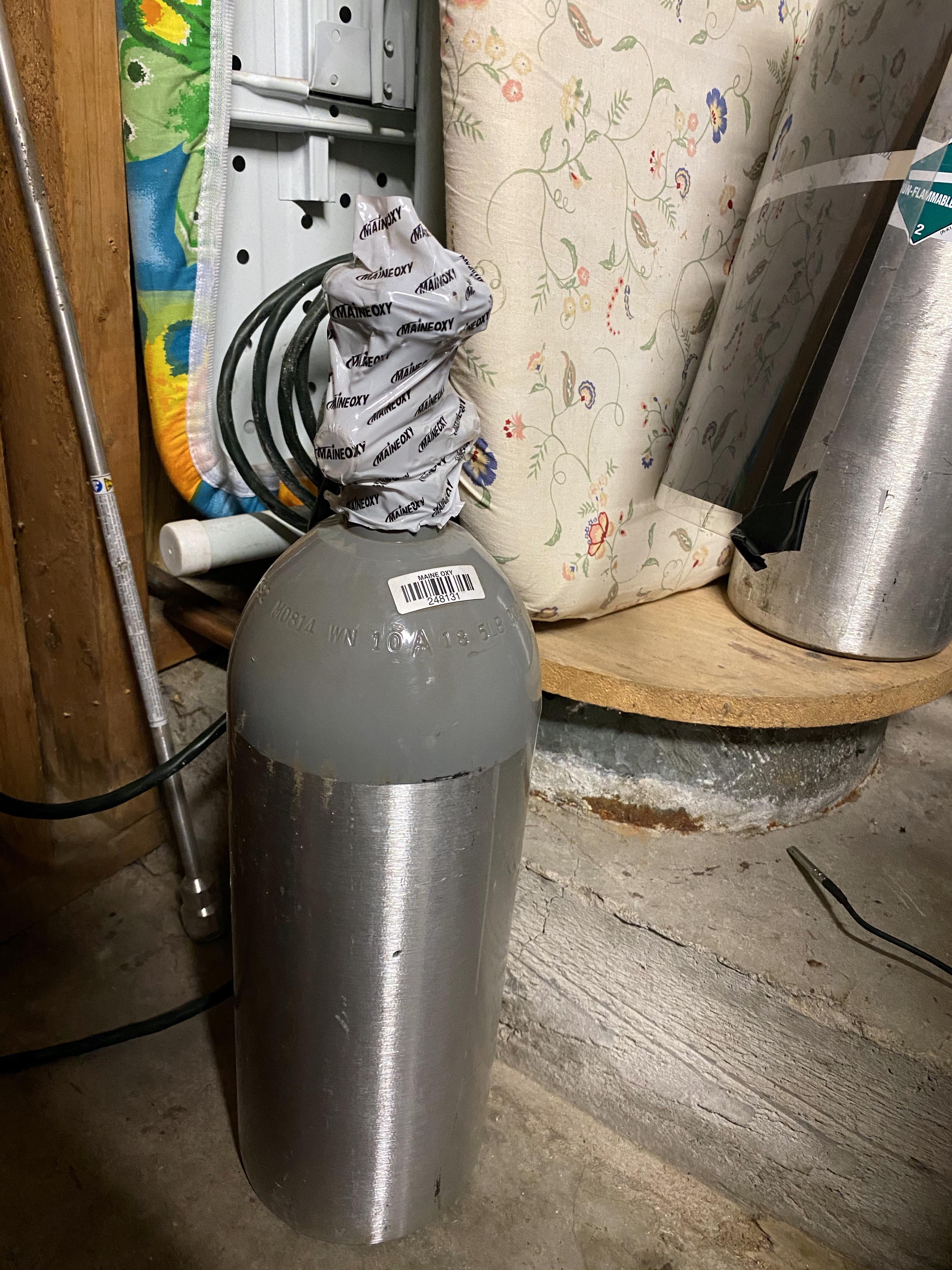I've got a 10 lb tank secured to the back of my kegerator. It is still on its first fill, so I have no idea how much longer it is going to last. Needle on secondary valve hasn't budged since I hooked it up but...that doesn't inspire any level of confidence about time table.
I have an empty 5 lb tank (no regulator attached as I only have 1) sitting on my garage counter. I haven't filled it because I for some reason have a fear of it exploding if it is full and the garage gets too warm, and/or it somehow gets knocked over. Never mind that it has been sitting in the same spot for probably 3 months now with no issues and has collected an admirable layer of dust.
So I guess the question is if I get it filled...
Is it okay for it to just sit there without a regulator attached even with varying ambient temperatures?
Should I somehow secure it to the wall, regardless of regulator need?
I have an empty 5 lb tank (no regulator attached as I only have 1) sitting on my garage counter. I haven't filled it because I for some reason have a fear of it exploding if it is full and the garage gets too warm, and/or it somehow gets knocked over. Never mind that it has been sitting in the same spot for probably 3 months now with no issues and has collected an admirable layer of dust.
So I guess the question is if I get it filled...
Is it okay for it to just sit there without a regulator attached even with varying ambient temperatures?
Should I somehow secure it to the wall, regardless of regulator need?













![Craft A Brew - Safale S-04 Dry Yeast - Fermentis - English Ale Dry Yeast - For English and American Ales and Hard Apple Ciders - Ingredients for Home Brewing - Beer Making Supplies - [1 Pack]](https://m.media-amazon.com/images/I/41fVGNh6JfL._SL500_.jpg)















































